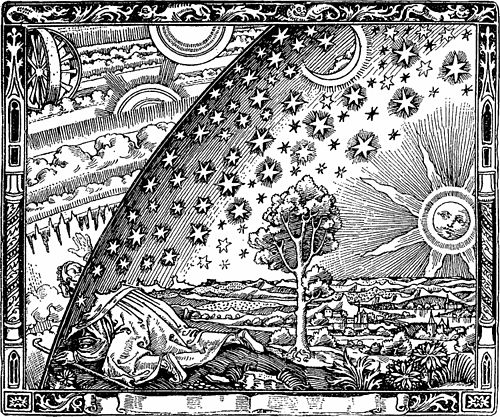The first issue of a new student-oriented online journal, History in the Making, was launched this month in Sydney, Australia. The journal is available free-of-charge at the History in the Making website.

The fact that it is run by students for students makes History in the Making an exciting addition to the array of historical journals in production today. A collective of history students and alumni from the University of SydneySt are responsible for the journal’s production. University students wrote all ten articles featured in the first volume of the journal. Freshmen, juniors, seniors, and graduate students are all represented amongst the authors of these essays. The journal’s peer review process was carried out by a number of student volunteers, giving undergraduate and graduate students alike an early insight into how this important process works. Stephanie Mawson, editor of the journal and member of the History in the Making Collective said “When we conceived this initiative a year ago, our aims were ambitious – we wanted to contribute to maintaining high quality education, while connecting aspiring young historians with senior students and graduates. We see our mission as facilitating a strong mentoring program while giving students an experience of the academic peer-review process.”
The ten essays published in this first number encompass a wide variety of historical approaches. Peter Harney’s essay considers historical memory and public monuments. Julia Miller presents an environmental history of drought in the state New South Wales in the 1960s. Cultural history is also represented by Julia Bourke’s depiction of comedy within Witch Hunts of the late sixteenth and early seventeenth centuries and Timothy Blum’s examination of the Cape Dutch movement and its promotion of Dutch culture in nineteenth century South Africa.
The collection is also geographically diverse, spanning from Chi Chi Huang’s examination of Jesuit missionaries and British traders in seventeenth and eighteenth century China, to Aden Knaap’s discussion of nineteenth century Russian imperialism and James Lesh’s analysis of euthanasia and other forms of cultural genocide in Nazi Germany.
Interestingly three articles sit in dialogue with one another over post World War II American political life – with Benjamin Brooks writing about the top-down articulation of American nationalism during the Cold War, Sabina Peck examining the role of women in the Civil Rights Movement, and Elaine Lay seeking to explain the rise of American Conservatism in the 1970s and 1980s.
The scholarship presented here is original and engaging. Current history students and history professors alike should make sure to read History in the Making. The journal can be appreciated as an excellent learning resource, providing current history students with examples of high quality work written by their peers.
We look forward to the next volume of History in the Making!
You can go “like” History in the Making on Facebook
Posted Tuesday, April 4, 2012
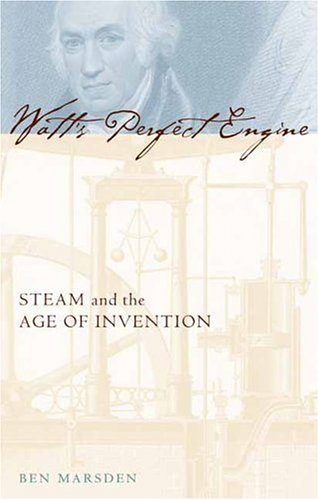
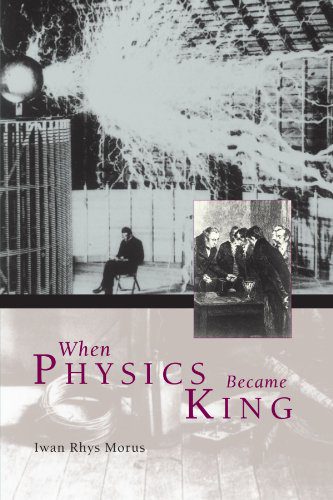
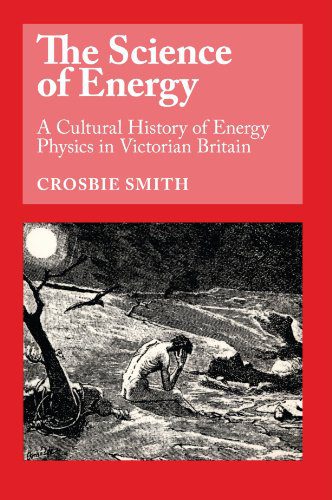
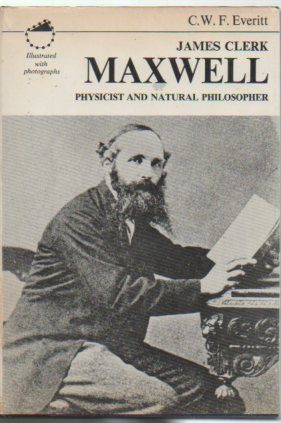
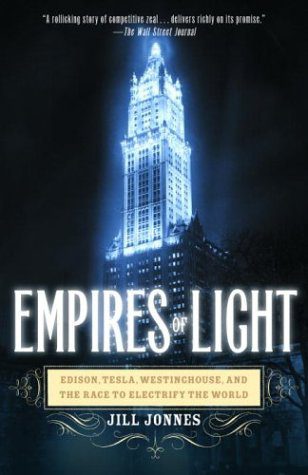

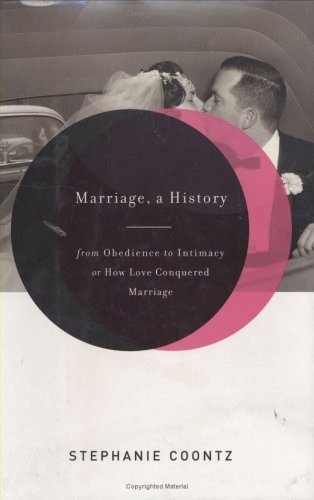
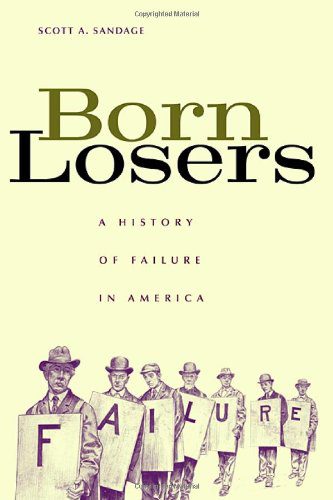
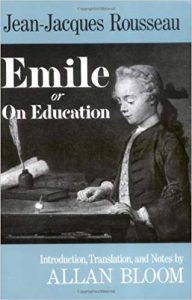
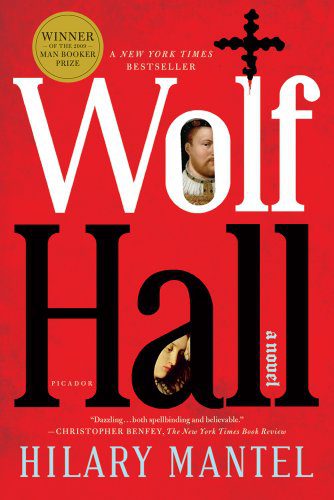
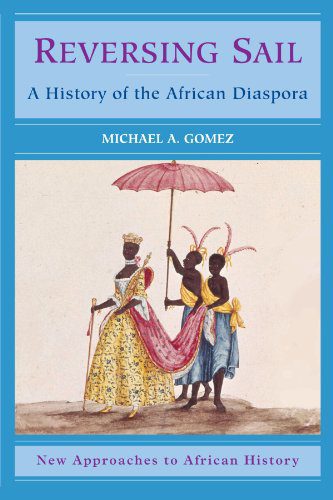
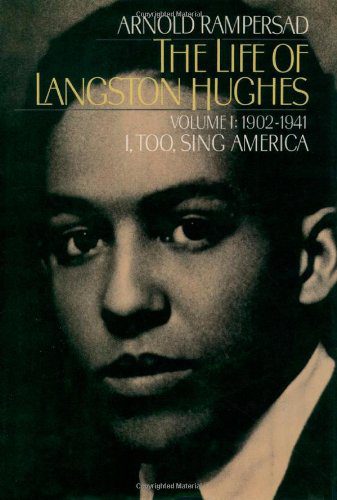
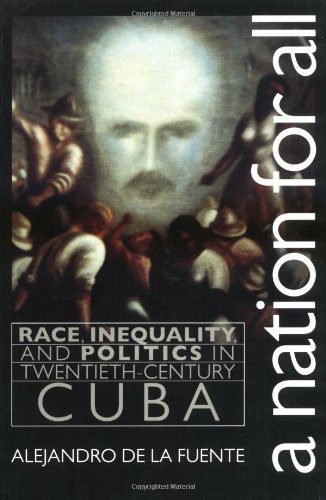
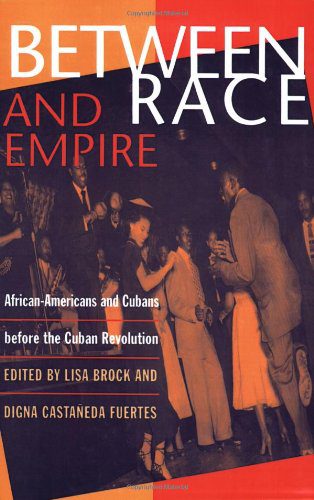
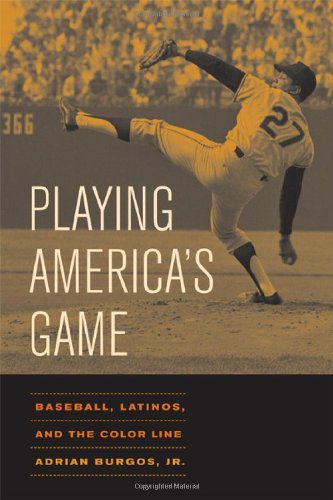
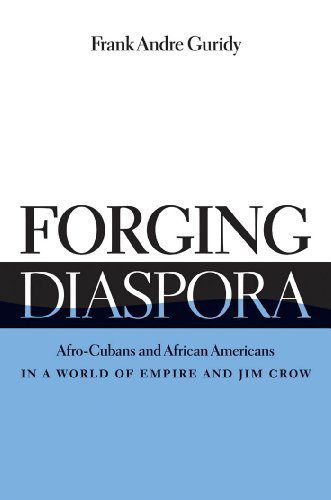
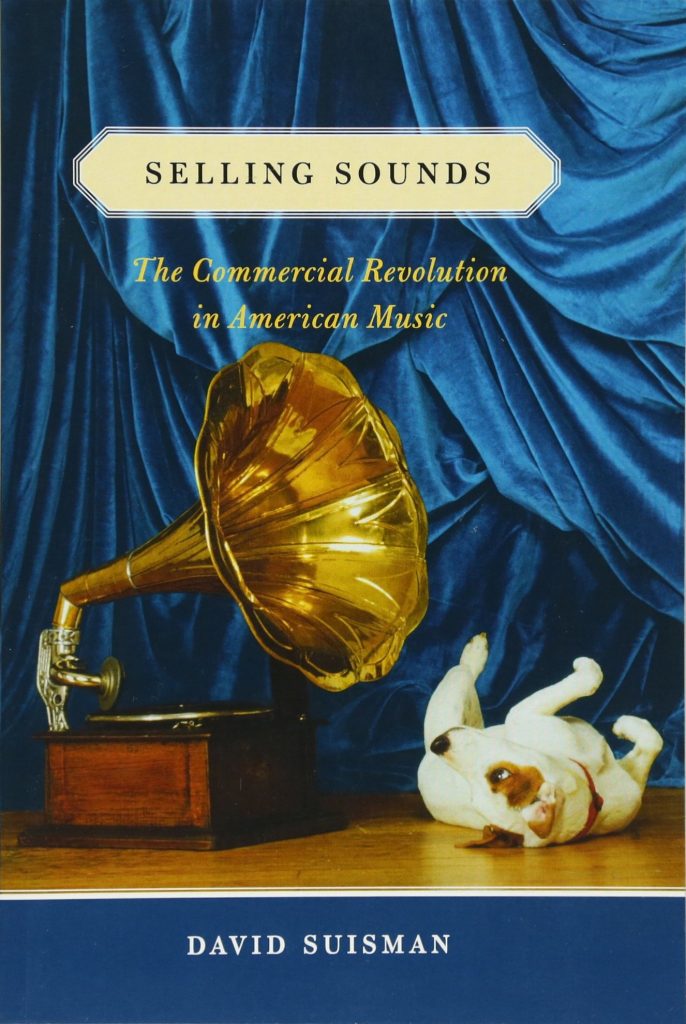
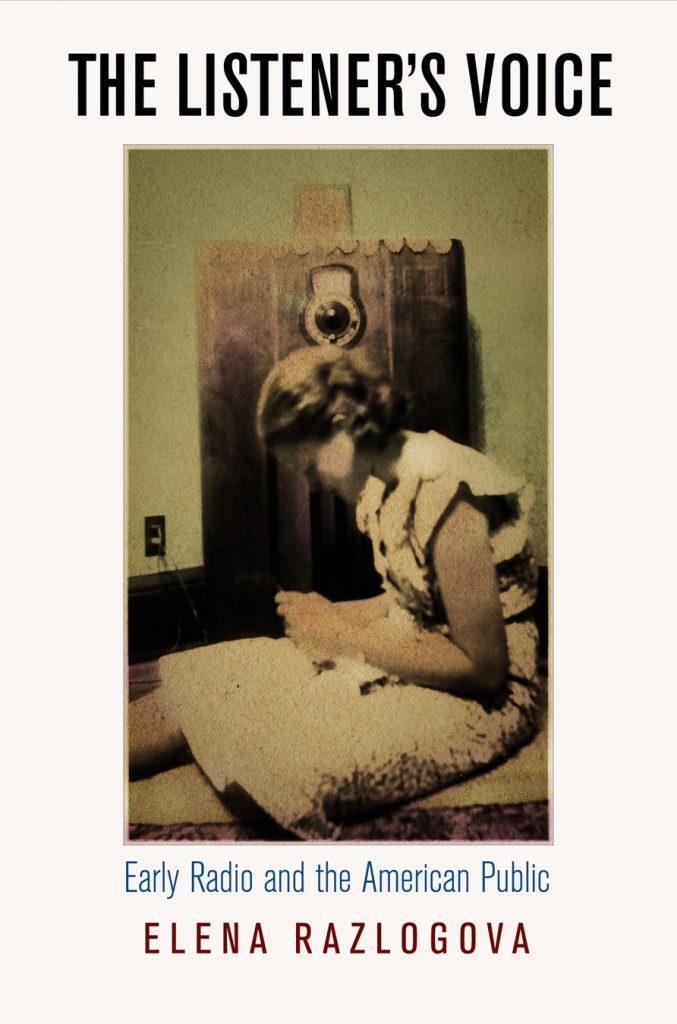
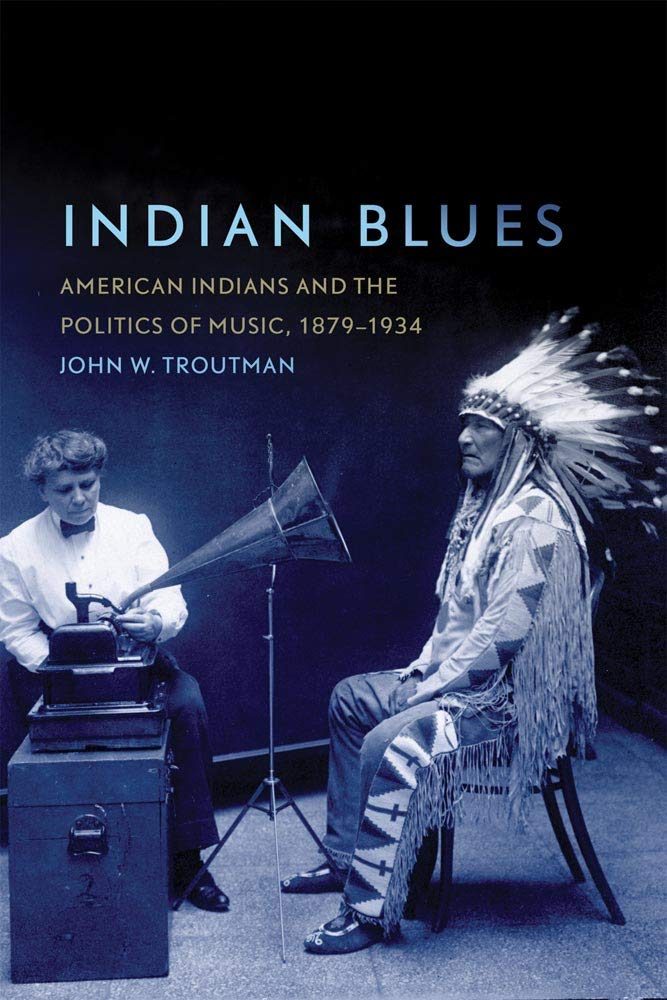
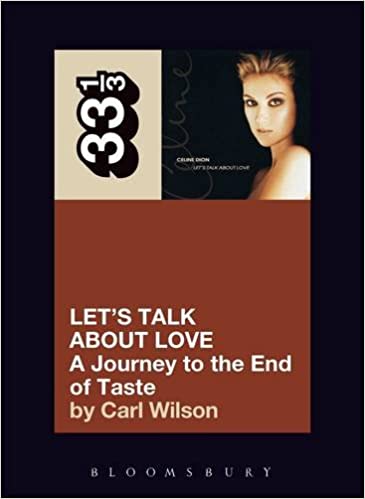
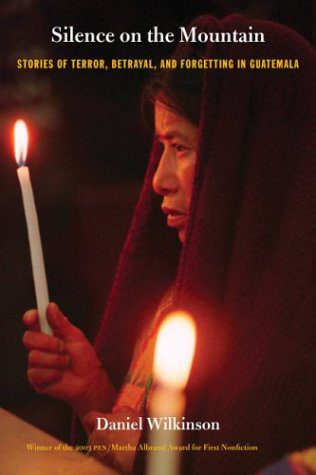
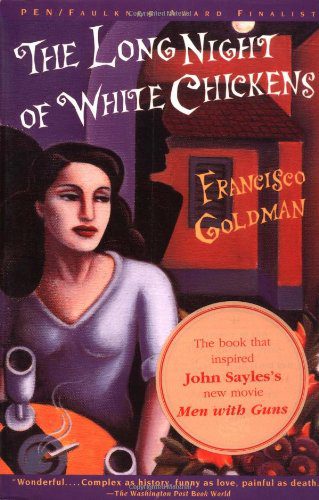
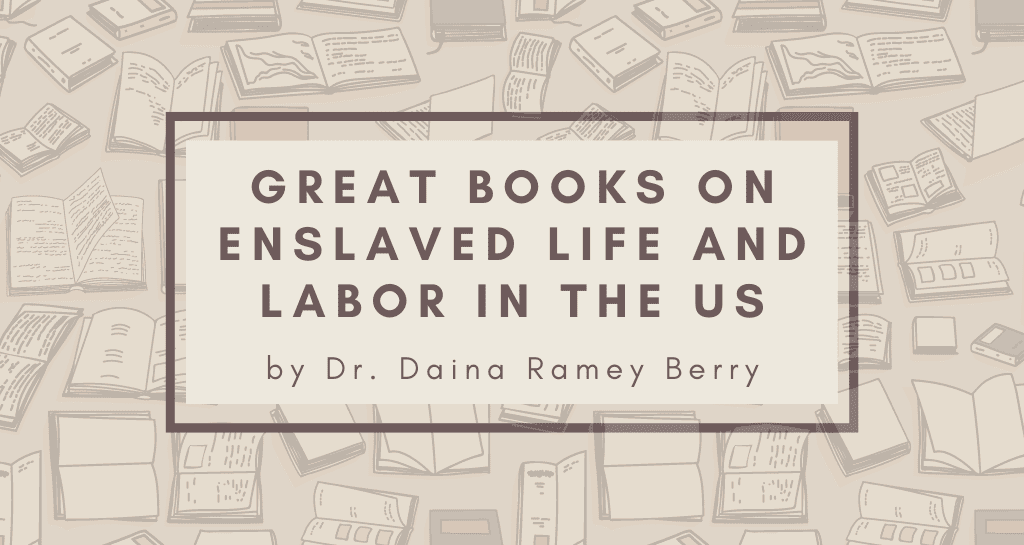
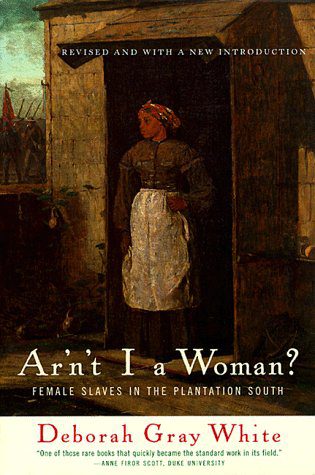
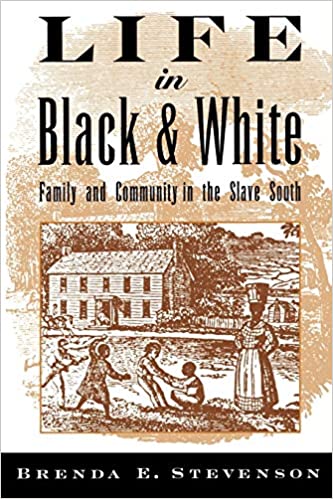
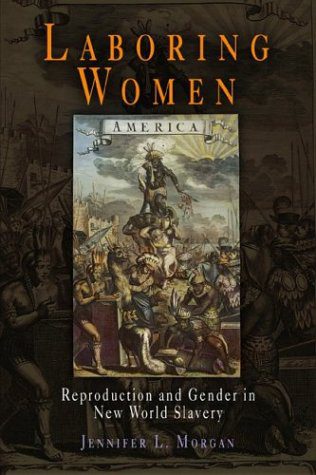



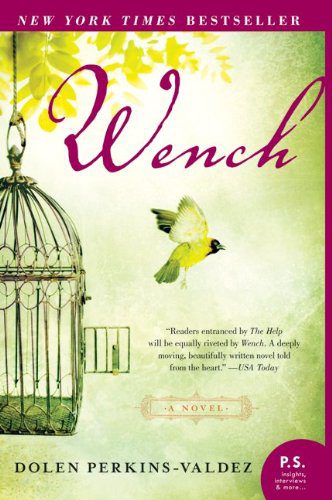 This novel, based on a true story, examines the phenomenon of southern slaveholders taking enslaved domestics to a summer retreat in Ohio during the 1850s. None of the men brought their wives with them–just their enslaved mistresses. Written from the perspective of one bondwoman, readers find a compelling account of the internal thoughts of women exploited by their slaveholders, and the complicated relationships they forged with one another. Perkins-Valdez reminds us that the sexual exploitation of enslaved women did not just happen on plantations and farms, right under the mistresses’ noses. Sometimes, this sexual and psychological violence manifested itself in various settings away from “home.”
This novel, based on a true story, examines the phenomenon of southern slaveholders taking enslaved domestics to a summer retreat in Ohio during the 1850s. None of the men brought their wives with them–just their enslaved mistresses. Written from the perspective of one bondwoman, readers find a compelling account of the internal thoughts of women exploited by their slaveholders, and the complicated relationships they forged with one another. Perkins-Valdez reminds us that the sexual exploitation of enslaved women did not just happen on plantations and farms, right under the mistresses’ noses. Sometimes, this sexual and psychological violence manifested itself in various settings away from “home.”
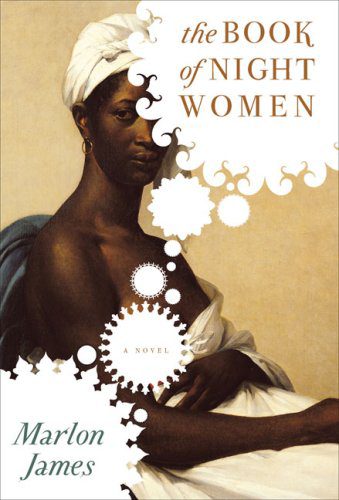 The Book of Night Women
The Book of Night Women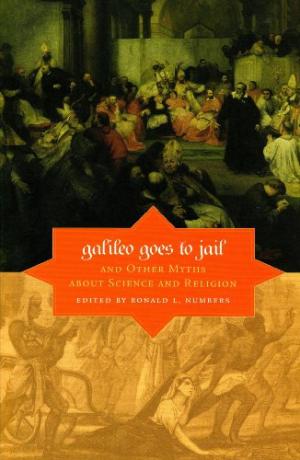 Ronald L. Numbers, ed.,
Ronald L. Numbers, ed., 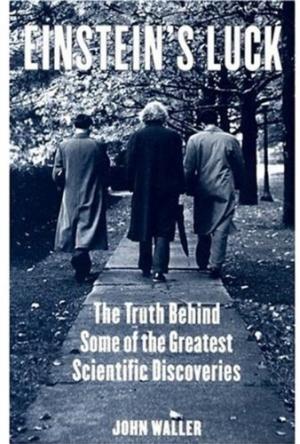 John Waller,
John Waller, 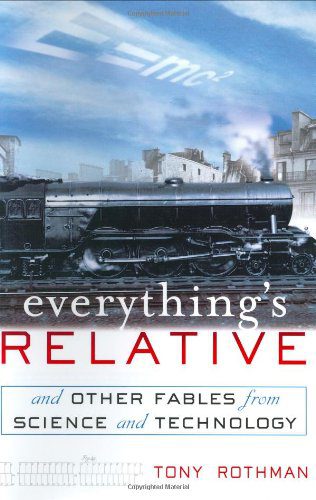 Tony Rothman,
Tony Rothman, 